A new method to improve the mechanical durability of graphene films based on the introduction of chemically-attachable nanometer-thick organic patches onto a graphene surface is reported.
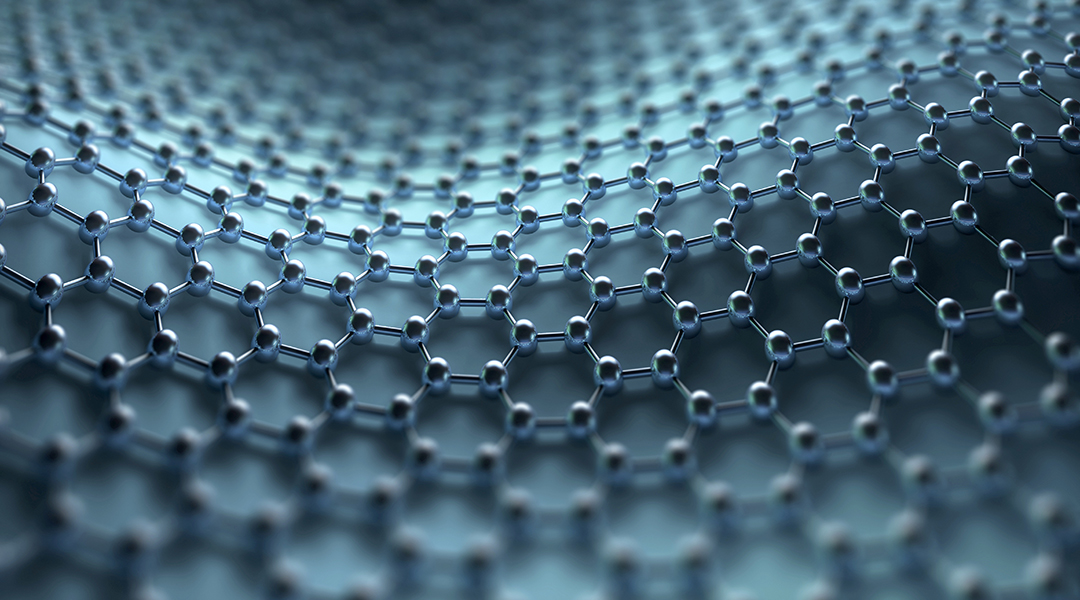

A new method to improve the mechanical durability of graphene films based on the introduction of chemically-attachable nanometer-thick organic patches onto a graphene surface is reported.
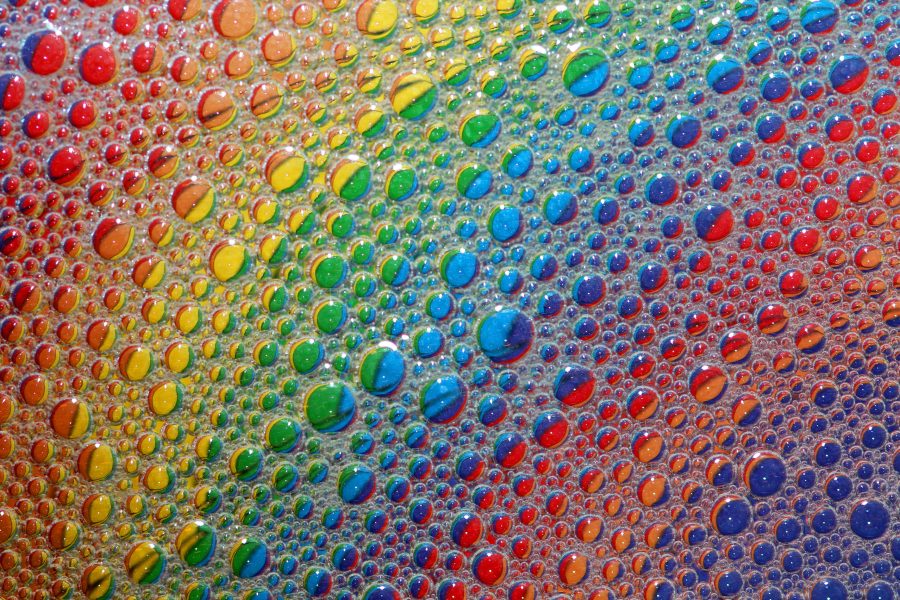
The viability of colored contact lenses as an aid for color blindness is investigated.
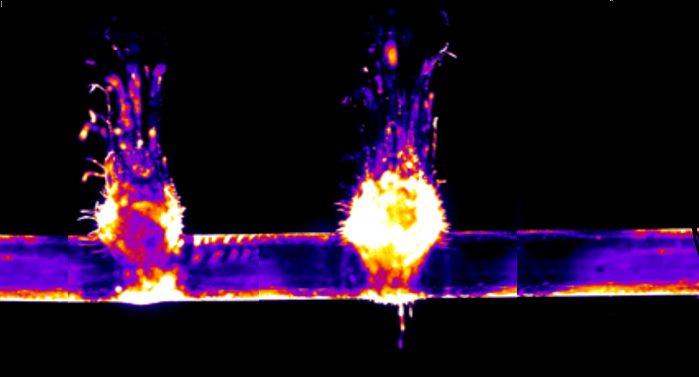
Cone-shaped gold nanoparticles are activated by ultrasonic waves, with applications in cost-effective targeted drug delivery.
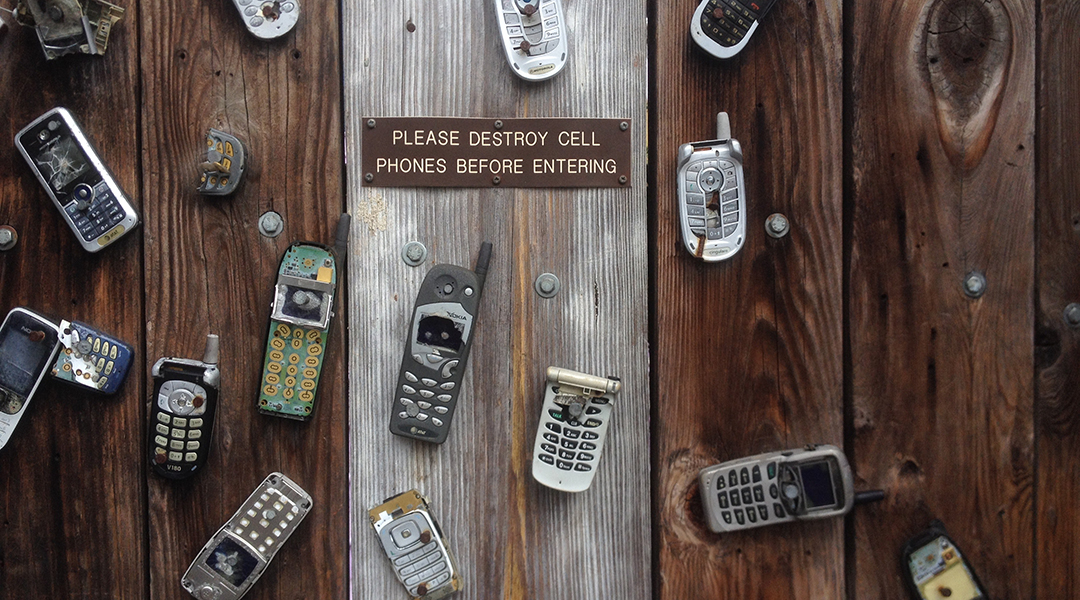
A team from the USA have developed a technique for making gold nanoparticles from old SIM cards .

Camouflage, illusion or cloaking devices, once deeply rooted in science-fiction, can make an object appear “invisible”. A novel technique for thermal illusion meta-devices is reported.

An international team have used waste cooking oil from a university cafe to make a cheap, effective material for absorbing oil from seawater.
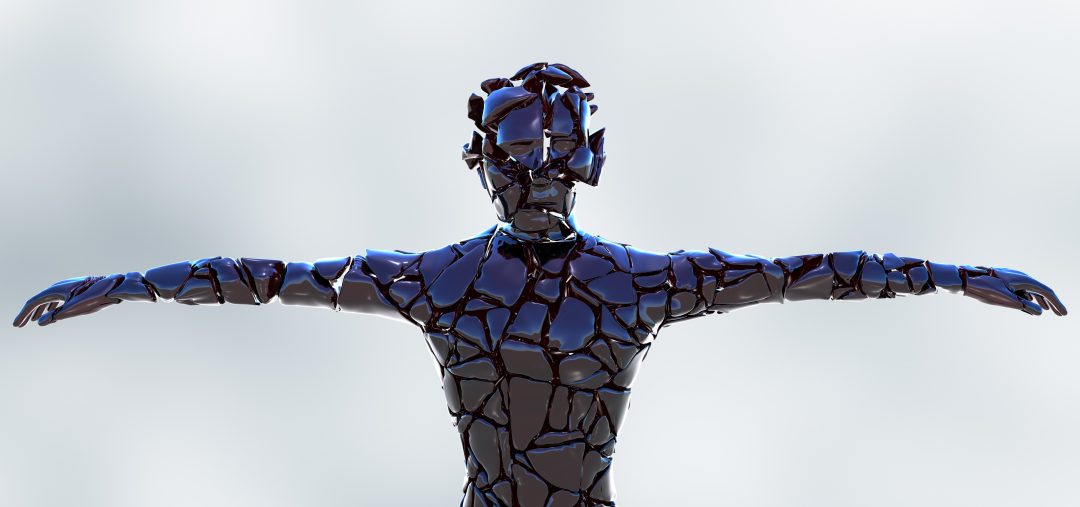
The design of a new bionic skin that is sensitive to incredibly small changes in pressure and vibration is reported.

Highly efficient and spectrally stable red perovskite LEDs developed by researchers at Florida State University.
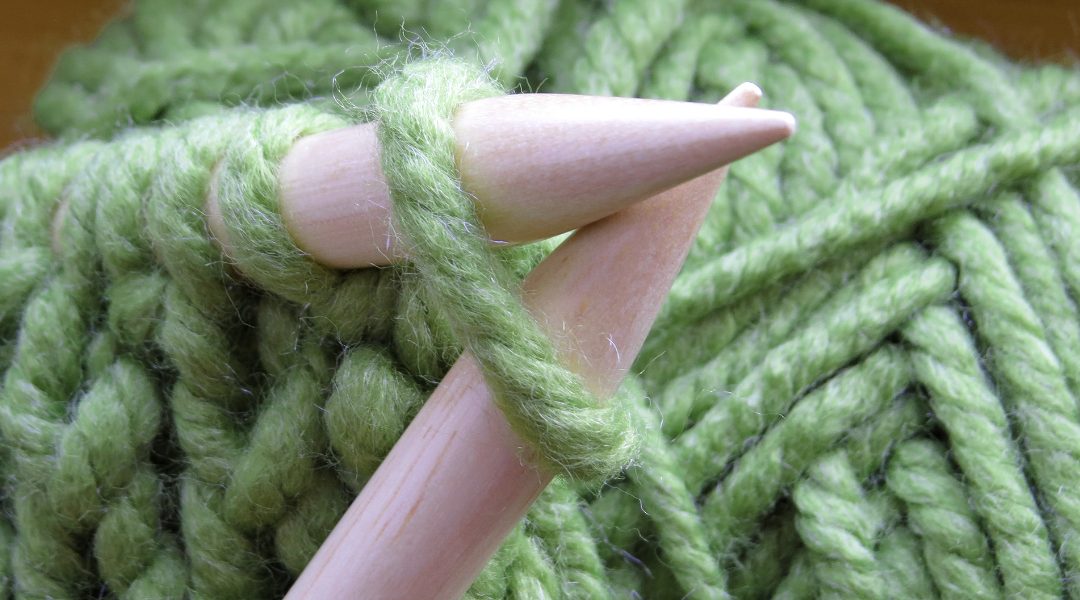
The dissolution problem for manganese dioxide-based cathodes in zinc-based batteries has been solved, and fully knittable zinc–air batteries have been designed that can be incorporated into regular clothing to power portable devices.

The addition of a liquid metal anode enables the design of a deformable battery with some unusual characteristics.